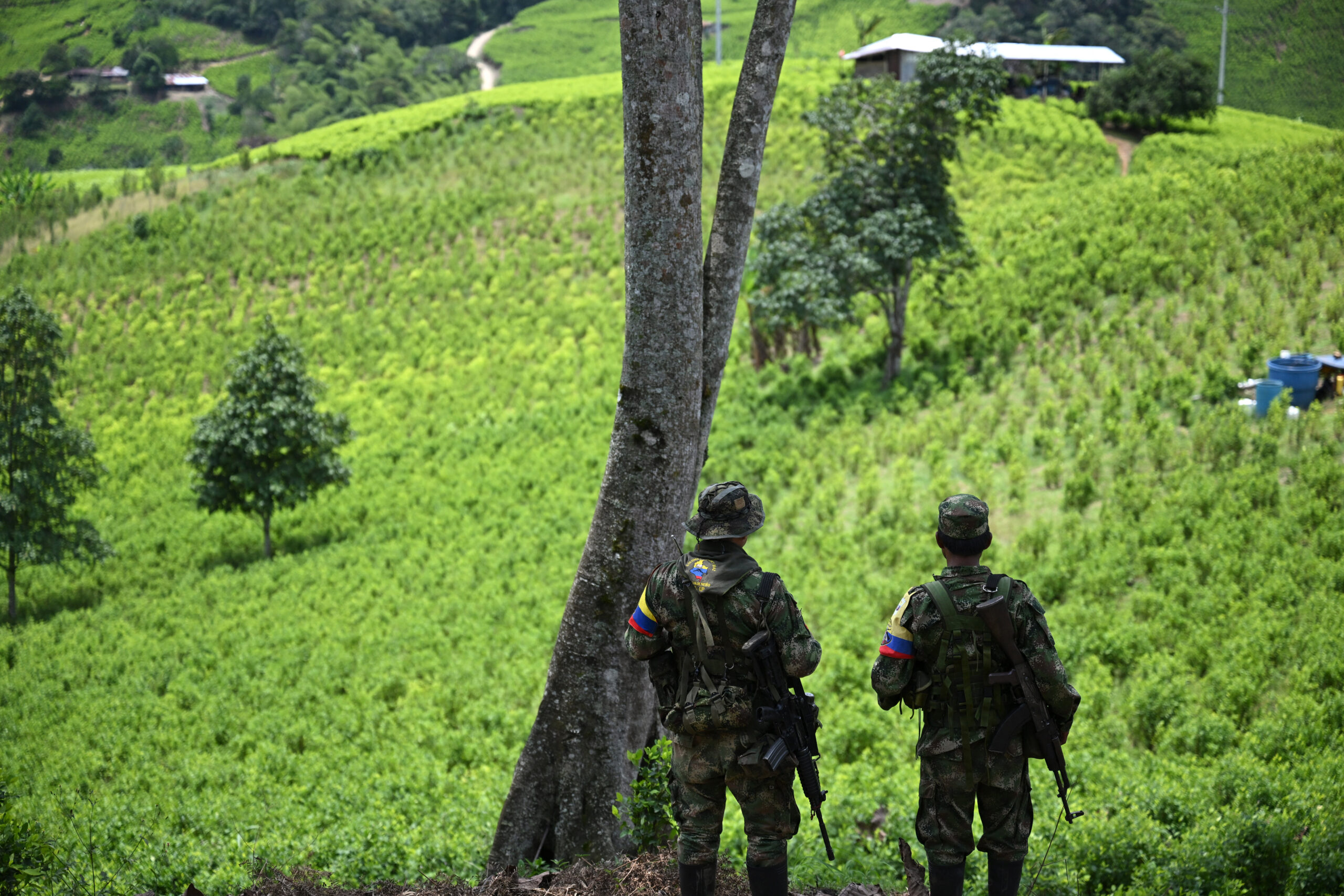We continue to assess that any major security incidents during a UN biodiversity conference in Cali from 21 October to 1 November are unlikely
This assessment was issued to clients of Dragonfly’s Security Intelligence & Analysis Service (SIAS) on 16 October 2024.
- A major guerrilla group, which previously threatened attendees to the event in July, asked on 12 October delegates not to attend
- While some local and international press outlets have interpreted this statement as a threat, we disagree with this and assess that the group is not intent on mounting an attack
We are sceptical of local and international press reports suggesting that a major guerrilla group plans to target COP16. That is the United Nations Biodiversity Conference in Cali from 21 October to 1 November. These press reports are based on a recent statement by the Estado Mayor Central (EMC) on 12 October. In our analysis of the statement, rather than threatening COP16 the EMC is encouraging attendees to boycott the event due to the group’s ongoing armed conflict with the government.
We doubt that the EMC, as well as other major armed groups, are intent on staging attacks during the conference. Targeting a high-profile event would be highly unusual for any such group. And in the very unlikely event any tried, they would probably target security forces rather than attendees. We continue to assess that petty crime, armed robbery and localised travel disruption will be the main risks for travellers to Cali during the event. For our assessment of these risks, see B-COL-04-10-24.
Recently issued EMC ‘threats’
International and local press outlets reported on 12 October that the EMC guerrilla group threatened COP16 attendees. On this date, the group urged ‘delegates from the national and international community to refrain from attending’ COP16 on its X account. As far as we can tell, it did not say it would mount any attacks though. The tone of this statement is similar to a veiled threat the group issued earlier this year, stating COP16 ‘would fail even if Americans militarise the city’.
In our analysis of the statement, the EMC is probably seeking press attention. It also seems to reflect a deterioration of already-poor relations between the government and the group in the past week. Although the EMC had suspended operations against the military in Cali, the military on 11 October launched a major operation against the group in a small town 120km from Cali. Since then, the EMC and the military have mounted several tit-for-tat bombings in rural areas.
Terrorist attacks against COP16 remain unlikely
Despite these deteriorating relations, we still assess that the EMC is unlikely to target the event. It would be extremely unusual for the EMC to attack a high-profile event like COP16. And while the group has previously said this year it opposes COP16 and the ‘interests of the great imperial capital that wants to take over environmental issues’, it still seems to broadly agree with its environmental focus. The Colombian authorities have not warned of any specific threats to the events. A US embassy security alert on 15 October did not mention any threats to COP16 either.
A high-profile attack in a major city would almost certainly be counterproductive for the EMC. It would put significant political pressure on the government to focus its military efforts against the group. And it would offer little tactical advantage, considering the EMC is based mostly in rural areas. Instead, we suspect the EMC is trying to attract widespread press coverage to increase its profile and criticise the government’s offensives against the group.
Even in the unlikely event that the group mounted an attack in Cali during COP16, it would probably target the security forces. This would be in line with most of its attacks in recent years. But an extremely high police presence would probably also deter any would-be assailants. Recent press reports suggest Cali has been ‘locked down’, with 10,000 police officers, 1,600 soldiers and checkpoints at every entrance to the city. The Colombian Air Force has also said it will protect the airspace around Cali; armed groups are using drones to mount bombings in rural areas.
EMC focused on rural areas
Rural areas around Cali are highly likely to be extremely dangerous for travellers, however. The EMC’s attention seems to be focused there, where it is fighting security forces and challenging rivals for drug-trafficking routes. There have been frequent bouts of armed violence there in recent months, and the government offensive last week appears to have intensified the conflict. While the EMC has very rarely targeted civilians, in the past other armed groups have reportedly killed civilians or travellers in areas they control seemingly because they misidentified them as potential threats.
Image: Members of the Carlos Patino front of the dissident FARC guerrilla patrol next to coca crops in Micay Canyon, a mountainous area and EMC stronghold in Cauca Department, southwestern Colombia, on 24 March 2024. Photo by Raul Arboleda/AFP via Getty Images.




